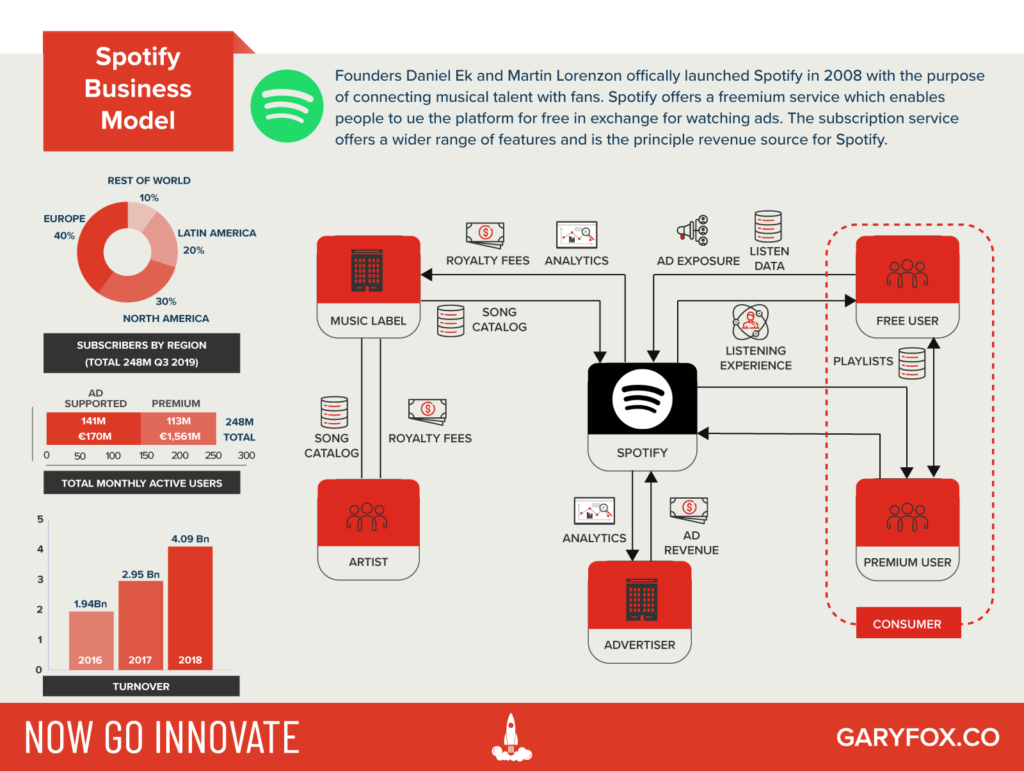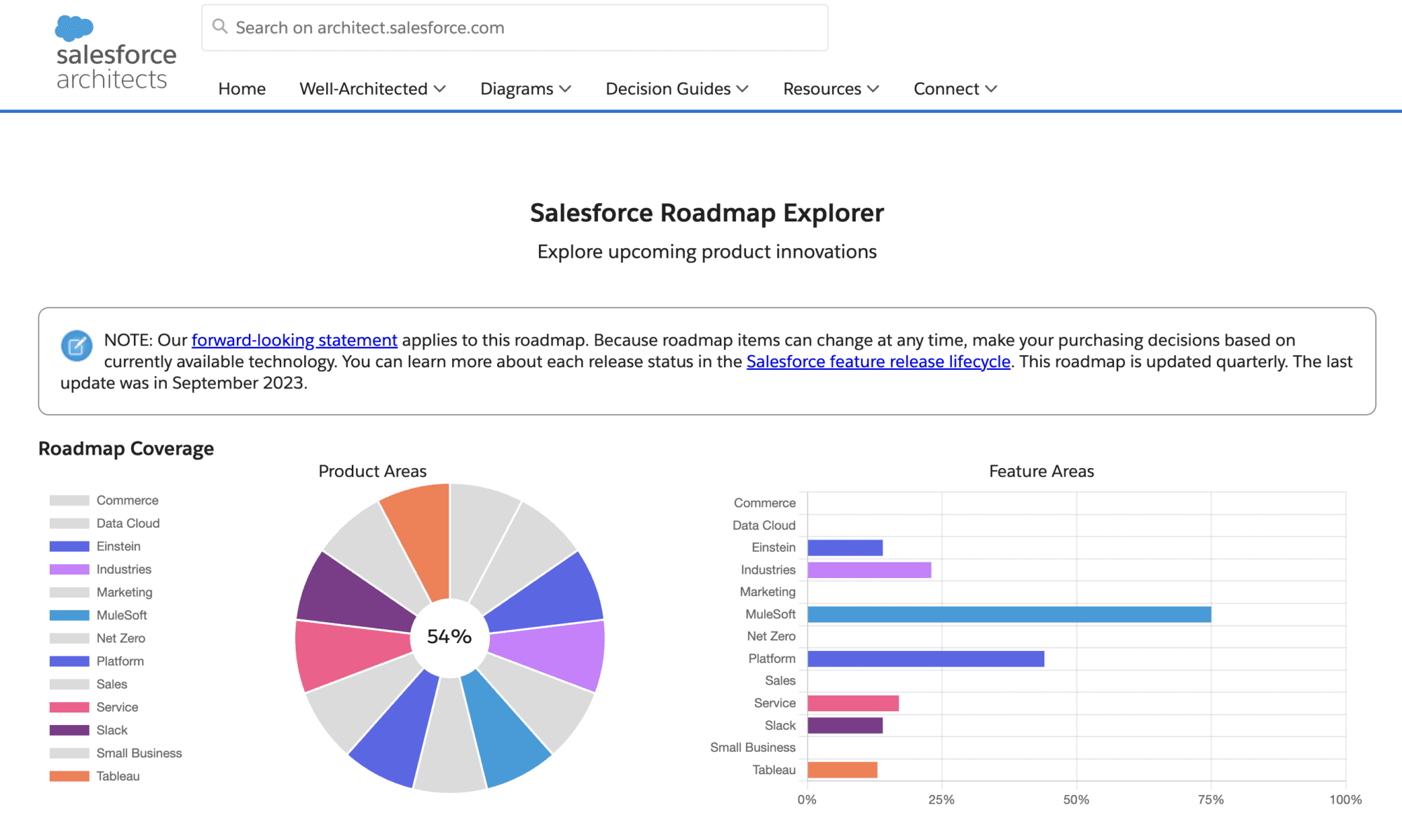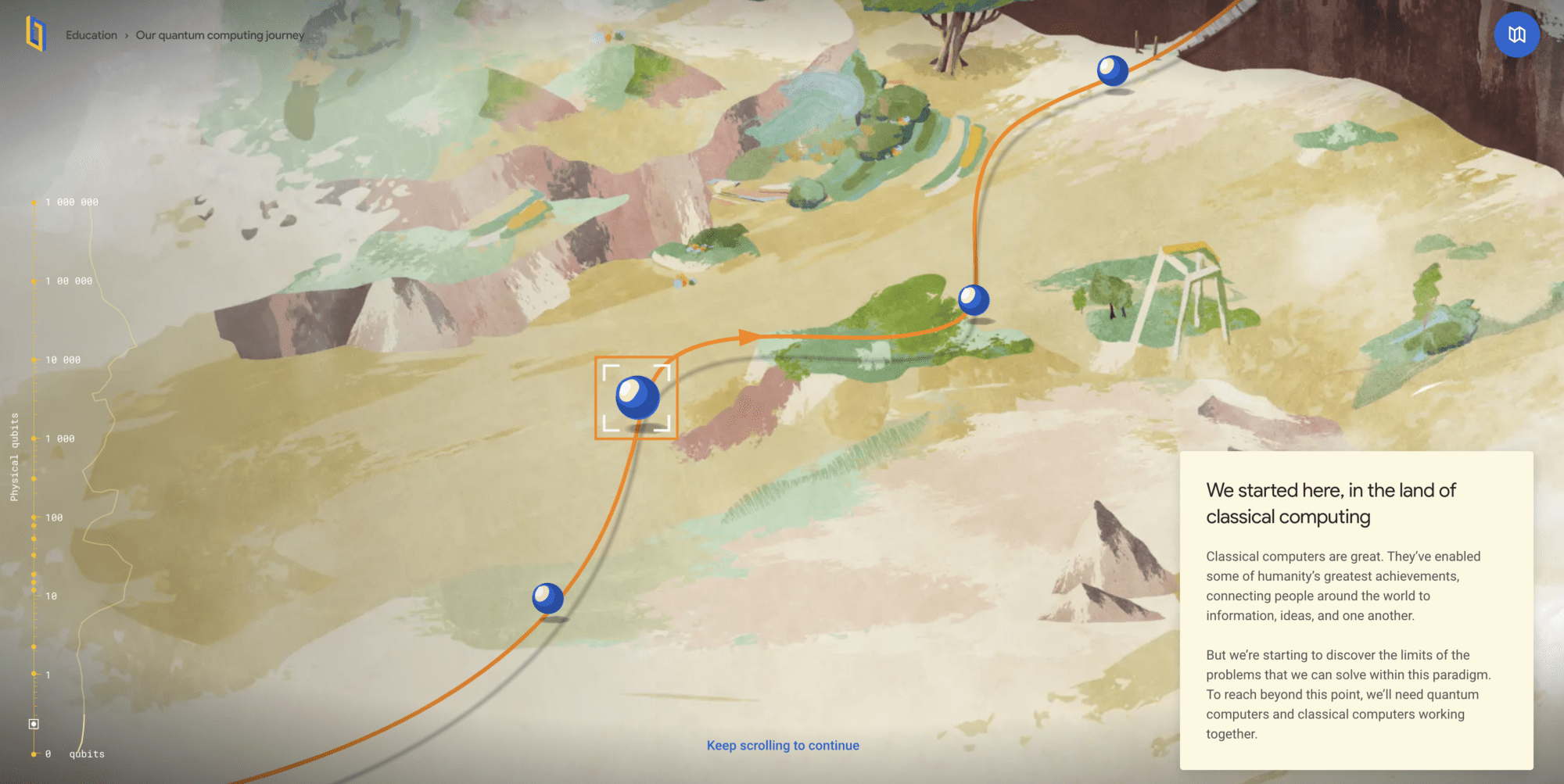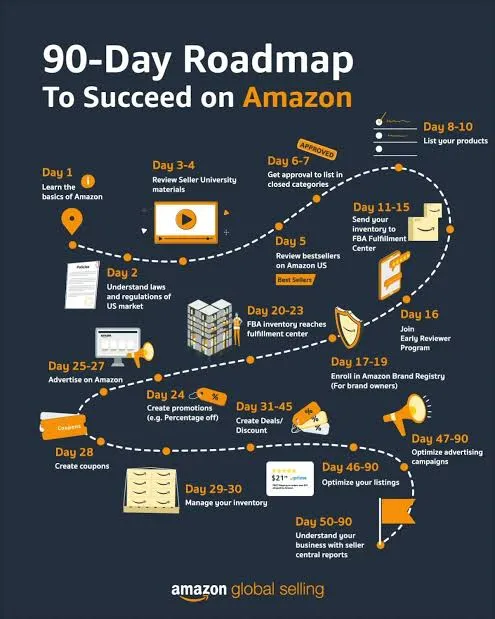Ever been lost on a road trip without a map? That’s what running a business can feel like without a business roadmap.
What is a business roadmap and how does it help businesses?
A business roadmap is your guiding star, the compass that keeps you focused. It helps align your team toward shared goals.
No sailor braves the sea without navigation charts. And no successful entrepreneur should embark on their journey without this crucial tool.
Intrigued? Stick around! We’re going to dig deep into creating a strategic roadmap. You’ll learn about its elements and strategic planning techniques. We’ll also share real-world examples to put things into perspective.
By the end of this article, you’ll have everything you need to chart your business path.
Understanding business roadmaps
A business roadmap is a visual tool that outlines the direction and vision of your company. It’s not just a schedule. It provides context around tasks and shows how each piece fits into the bigger picture.
This roadmap gives you an overview of your entire enterprise at once. To-do lists and project plans don’t provide this high-level visibility.
In contrast, a business roadmap shows you all the moving parts in one glance. Everything from strategic initiatives down to operational details is visible. But what does it entail?
Difference between business roadmaps & business plans
There’s a common question about business roadmaps versus business plans. How are they different? Both tools aim for success by guiding actions within an organization. But their approaches differ.
Business plans typically provide detailed instructions about daily operations.
Roadmaps highlight strategic goals and provide a high-level view of how to achieve them.
| Business plan | Business roadmap | |
| Purpose and focus | Often created for initial planning and fundraising Focuses on the foundational aspects of a business Includes detailed financial projections, market analysis, and operational strategies Emphasis on the business’s feasibility, profitability, and market position | Focuses on the strategic execution of the vision outlined in the business plan Dynamic tool for guiding the organization through its growth stages Emphasis on the strategic direction rather than operational details |
| Detail and flexibility | More static, detailed, and exhaustive Outlines specific operational procedures, organizational structures, and market strategies | More flexible and adaptable Often updated as the business environment and internal goals evolve Provides a high-level overview Allows for agility and responsive changes in strategy |
| Timeframe and evolution | Typically developed for a fixed period, often at the start of a new venture or significant change May become outdated as the business evolves | Evolves with the business Continuously updated to reflect changes in the market, technology, and organizational goals Includes long-term visions with adaptable short-term objectives |
| Audience | External usage: attracting investors, partners, or bank loans Needs to be comprehensive and convincing to external stakeholders | Internal focus Team members and leadership use it to align on strategic objectives and track progress toward goals |
| Visual representation | Typically less visual Can include charts, graphs, and tables to illustrate key points | Uses visual format, such as charts or graphs Easier for team members to understand the strategic direction and their role in it |
| Integration with daily operations | Provides overall guidelines | Typically links to project management and operational tools Directly influences daily activities and decision-making |
Now that we understand the difference, let’s explore who should be involved.
Who uses business roadmaps?
The simple answer is – everyone in your company. From the CEO down to entry-level employees. Having access to this roadmap can help align teams towards common objectives. Here’s how.
Executive team. The C-suite, including business owners, CEOs, CFOs, and CTOs, use roadmaps for high-level strategic planning and decision-making. They guide company-wide priorities and align them with long-term objectives.
Middle management. Managers and team leads use roadmaps to translate strategic goals into actionable plans. This helps to effectively allocate resources.
Project managers and team members. They use roadmaps to understand their role in the bigger picture.
Marketing and sales teams. These departments rely on roadmaps to align their campaigns and sales strategies with the company’s growth objectives.
Product development teams. They use roadmaps to prioritize features, plan releases, and align product evolution with market needs and business goals.
Human resources. HR departments use roadmaps to align talent acquisition, training, and development plans with the company’s future needs.
External stakeholders. Investors, partners, and advisors reference business roadmaps to understand the company’s strategic direction and potential for growth.
Customers and clients. Public roadmaps are a great way to invite clients behind the scenes. This establishes trust and boosts loyalty.
Check out some outstanding public roadmaps here.
Let’s explore business roadmaps more.
The elements of a business roadmap
Getting started with your own business roadmap? Here are some essential elements to include.
- Vision. Your vision sets the direction for where you want your company to go. The vision should align with your organization’s mission statement and values.
- Goals. They help measure progress towards achieving our overall vision. They need to be specific and measurable so we know when they’ve been accomplished.
- Milestones. They break down goals into smaller steps. This makes them more manageable over time. It’s also easier for everyone on the team to understand their role in reaching these objectives.
- Strategy. How will you stick to your vision and achieve your goals? Include market analysis, competitive landscape, and the unique value proposition of your business in this section. Clarify how your strategy differentiates from competitors and addresses market needs.
- Key Performance Indicators (KPIs). These metrics help track the progress of your strategy and goals. Choose KPIs that are relevant to your business objectives and can provide actionable insights. They should be quantifiable and regularly reviewed for adjustments.
- Resources. Detail the resources you need to achieve your goals. Include manpower, technology, and financial investments.
- Risk management plan. Identify potential risks and challenges that could impact your roadmap. Develop contingency plans for these risks to ensure your roadmap remains on track. This might involve scenario planning or establishing thresholds for pivoting strategies.
- Stakeholder engagement plan. Define how you will communicate and engage with key stakeholders throughout the roadmap’s implementation. Think about internal communication with team members and external communication with investors, partners, and customers.
- Timeline. Provide a realistic timeline for achieving the milestones and goals you set. Include start and end dates for key initiatives. Be flexible to accommodate changes.
- Review and update mechanisms. Establish a process for regularly reviewing and updating the roadmap. This way the roadmap will stay relevant and adapt to changes.
This may seem like a lot. But remember: the more detailed you can get at the beginning, the easier it will be in the long run. Don’t worry – we’ll walk you through each stage in the following section.
Creating your business roadmap
The first step to creating a robust business roadmap is choosing the right business roadmap template. No single template will be suitable for everyone. So it’s essential to select a template that corresponds with your requirements.
Pick the right template based on your needs
Consider your current position and the desired outcome. This will help you choose a format that guides strategic decision-making.
Ask for your team members’ input. Executives, product managers, and anyone else who will use the template should have a say. If they also have direct experience dealing with customers’ feedback, that’s even better.
Creating your business roadmap
Crafting your business roadmap isn’t just about plotting milestones or setting deadlines. It’s more than that. It’s an iterative process filled with brainstorming sessions, discussions, and lots of revisions. Here’s how to structure that process.
- Understand your business context
Start by analyzing your business’s current situation. Think about things like:
- Market position
- Competitive landscape
- Internal capabilities
This understanding will influence the type of roadmap you create.
- Define long-term vision and short-term goals
Clearly articulate where you see your business in the future. Set achievable short-term goals that lead towards this vision. This step is crucial for setting the direction of your roadmap.
- Engage with stakeholders
Involve various stakeholders to gather diverse perspectives and insights. Involve:
- Employees
- Customers
- Partners
Their input can help refine your objectives and strategies.
- Select a suitable format
Choose a template that fits your business’s style and needs. It could be a timeline, a theme-based roadmap, or a matrix format. This will depend on what best represents your strategy and goals.
- Detail strategic initiatives
Identify key initiatives or projects that will drive your business towards its goals. These should align with your overall strategy and vision.
- Incorporate flexibility
Ensure your roadmap can adapt to changes in the business environment. Set periodic review points to reassess and adjust your roadmap as needed.
- Communicate and prioritize transparency
Develop a plan for communicating your roadmap throughout the organization. Transparency in the roadmap process encourages buy-in and alignment across teams.
- Monitor and adjust
Regularly track progress against your roadmap, using the defined KPIs. Be prepared to make adjustments as market conditions or internal priorities change.
By following these steps, you create a comprehensive, adaptable, and effective business roadmap.
Remember: the goal isn’t to have a static document. Instead, you’re aiming for a dynamic tool that evolves with your business needs and market conditions.
Key takeaway
Creating a powerful business roadmap starts with picking the right template. It should align with your company’s needs. Your roadmap isn’t static. It evolves as your business grows and market conditions change.
Implementing your roadmap
It’s time to start using your business roadmap. Let’s discuss how you can put it into action.
- Communicate the roadmap broadly
Begin by sharing the roadmap across the organization. Use meetings, emails, and internal portals to ensure everyone has access to it.
- Set clear responsibilities
Assign specific tasks and roles related to the roadmap. Make sure each team and individual understands their responsibilities and how their work contributes to the bigger picture.
- Integrate roadmap with daily operations
Link the roadmap’s objectives with day-to-day activities. This integration ensures that the roadmap is a part of regular work processes.
- Training and support
Provide training and resources to teams and individuals. Help them understand and implement their part of the roadmap effectively.
- Monitor progress regularly
Set up regular check-ins to monitor progress against the roadmap. Use these meetings to address any challenges and celebrate achievements.
- Encourage collaboration and feedback
Foster an environment where team members can collaborate and provide feedback on the roadmap’s implementation. This collaborative approach can lead to innovative solutions and increased buy-in
- Adapt and evolve
Be prepared to make adjustments to the roadmap as you implement it. Changes in the market, technology, or internal company dynamics may necessitate updates to the plan.
- Measure success
Use the KPIs you defined in the roadmap to measure success. Regularly review these metrics to evaluate the roadmap’s effectiveness.
Let’s quickly address how project management fits into the business roadmap.
Project management and business roadmaps
A business roadmap can be instrumental for project management. It helps you see where you’re headed, ensuring every step aligns with your strategic goals.
You need sound project management skills to effectively use your business roadmap. The process starts with defining objectives. These serve as guideposts on your journey toward achieving strategic goals.
You also have to break down complex tasks into manageable chunks or ‘milestones.’ Think of them as rest stops along a highway. They let you know if you’re making good time and staying on course.
Try incorporating Agile practices in project management. Agile roadmapping allows for flexibility and adaptation. This makes responding to changes in the business environment or project requirements easier.
Don’t forget to implement tracking systems. This will help monitor the progress of projects against each milestone you set in the roadmap. Regular reporting helps identify and promptly address any deviations.
Speaking of deviations, let’s discuss how business roadmaps assist with changes.
Business transformation with business roadmaps
Steering your company through transformations needs a clear direction and vision. That’s where a business roadmap steps in.
Pivoting with precision
A roadmap isn’t just about setting a straight path. Sometimes, you need to make strategic pivots based on new data or market conditions. And when such times come, your business roadmap can guide the way.
Evolving with the market
Business roadmaps help navigate market changes and industry evolution. They can identify emerging trends and adapt strategies accordingly.
Change management
When the market evolves, your business needs to adapt. This is where change management comes in.
A business roadmap facilitates effective change management. It outlines the steps to transition from current operations to future goals. It also manages the impact of change on employees, customers, and other stakeholders.
Innovation planning
You can plan and track innovation initiatives with the help of a roadmap. These roadmaps guide product development in line with long-term strategic goals.
Building organizational resilience
Businesses need to anticipate and respond to changes. That’s called organizational resilience. And roadmaps help prepare for uncertainties and ensure business continuity.
Continuous learning and improvement
Roadmaps promote a culture of continuous learning and improvement. They encourage regular review and revision based on performance metrics and feedback. This leads to ongoing optimization of business strategies.
Strategic communication
Effective roadmaps serve as communication tools. They align internal and external stakeholders around the vision for transformation. They ensure that everyone understands the direction of the business and their role in its success.
Leveraging data for decision-making
Incorporating data analytics into roadmaps allows for more informed decision-making. You should analyze things like:
- Market data
- Customer feedback
- Internal performance metrics
The power of strategic foresight
Foresight can be powerful when navigating change. Think of it as having binoculars at sea. A well-crafted business roadmap helps anticipate market shifts.
This ‘future-proofing’ element allows you to adapt quicker than your competitors.
Let’s see what all of this looks like in real life.
Examples of effective business roadmaps
Let’s get real about roadmaps. They’re not just fancy charts or buzzwords tossed around in boardrooms. A business roadmap is a powerful tool that can shape your company’s future.
The Spotify model
A fan favorite among Agile enthusiasts is the Spotify model.
It features:
- Small, autonomous teams (squads) focused on specific tasks
- Larger groups (tribes) focus on a business area or product
- Cross-functional groups (chapters) for continuous skill development
- Informal guilds for shared interests
This type of roadmap prioritizes flexibility over strict timelines. This allows teams to adjust as they learn more about customer needs and market trends.

Salesforce’s visionary roadmap
Another inspiring example comes from Salesforce. Their vision-focused business roadmap clearly shows where they aim to be within 12-18 months. Still, it remains open-ended enough to accommodate shifts along the way.
This roadmap covers:
- Initial planning
- Defining company vision and goals
- Building a project team
- Developing a rollout plan
- Upgrading the system for enhanced functionality
- Integrating with various third-party services
- Implementing new products and modules
- Constantly improving processes
- Data administration
This roadmap reflects a clear vision and a well-structured implementation strategy.

Tesla’s master plan
Tesla’s roadmap is ambitious. It encompasses broad goals like the shift to sustainable energy and the production of affordable electric vehicles. This roadmap stands out for its visionary approach and commitment to long-term objectives. Those extend beyond traditional business goals.

Google’s roadmap for AI and computing
Google’s roadmap in AI and computing focuses on innovation and leading-edge technology. It’s focused on research and development of new technologies. Most notably, it’s committed to solving complex problems through AI.

Amazon’s roadmap for ecommerce and cloud services
Amazon’s roadmap is notable for its customer-centric approach and diversification into cloud services with AWS. It demonstrates how a roadmap can evolve to adapt to new market opportunities and technological advancements.

FAQs
What is a business roadmap?
A business roadmap is a strategic plan that outlines an organization’s vision, direction, and goals.
How does it differ from a business plan?
A business plan is often more static and focuses on financial projections. A business roadmap is dynamic, allowing for shifts based on changes in the market or internal factors.
Who uses a business roadmap?
Everyone within an organization. Top-level executives make decisions about the business strategy. Team members use it to understand what to focus their efforts on.
Why do you need project plans too?
A project plan helps break down each initiative into actionable tasks. This makes it easier for the team to know exactly what steps they need to take.
What makes a good business roadmap?
A stellar business roadmap is clear, flexible, and aligns with your company’s strategic goals. It guides decision-making and communicates the big picture to all stakeholders.
What are the three phases of a roadmap?
The trio stages of any roadmap include planning, executing, and monitoring progress. These phases ensure that your business moves forward intentionally.
Conclusion: why do you need a business roadmap?
Steering your business without a roadmap is like venturing into the unknown. But you’ve taken that first step to understanding what a business roadmap truly is.
This article taught you about its elements and how it differs from business plans. You discovered who uses them and why they’re so essential.
You learned about using project plans alongside roadmaps. And we explored practical examples to make these concepts more relatable and understandable.
We hope that you’ll refer back to this guide when creating your business roadmap. Stay in touch to learn more about all the aspects of product management.






